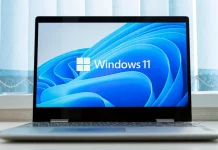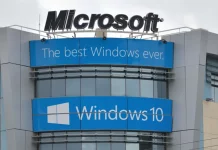Microsoft Ends Windows 10 Support on October 14 — Here’s How to Stay Secure
Microsoft will officially end support for Windows 10 on October 14, 2025. After that date, there will be no more updates — including crucial security patches — unless you take action. While Windows 11 is available now, many users are unable or unwilling to upgrade due to hardware limitations or personal preference.
The good news: Microsoft is offering three ways to keep receiving security updates for Windows 10.
Your Update Options
- Free Cloud Backup via OneDrive
Use Windows Backup to sync your settings and files to OneDrive. This unlocks free ongoing security updates, but requires a Microsoft account. The free tier includes 5GB of storage; heavy backups may exceed this limit, requiring a paid plan starting at $2/month for 100GB.
- Redeem Microsoft Rewards Points
If you have at least 1,000 Microsoft Rewards points, you can redeem them for a full year of security updates — no direct cost involved.
- Extended Security Updates Program
Pay $30 for one year of updates under Microsoft’s Extended Security Updates (ESU) program. This option guarantees coverage until October 13, 2026. Businesses can purchase up to three years of ESU updates to bridge the gap before upgrading.
Why This Matters
Windows 10 remains the most widely used version of Windows, holding 53% market share as of May 2025. Without action, millions of devices will lose protection against security threats in less than a week. The free OneDrive method is a cost-effective lifeline for many users, though its storage limits could cause frustration for some.
Released in July 2015, Windows 10 has endured for over a decade, outlasting expectations thanks to a combination of familiarity, compatibility, and dissatisfaction with Windows 11’s requirements. With support ending soon, Microsoft’s update options give users more time to transition — but they’re not a permanent fix.





